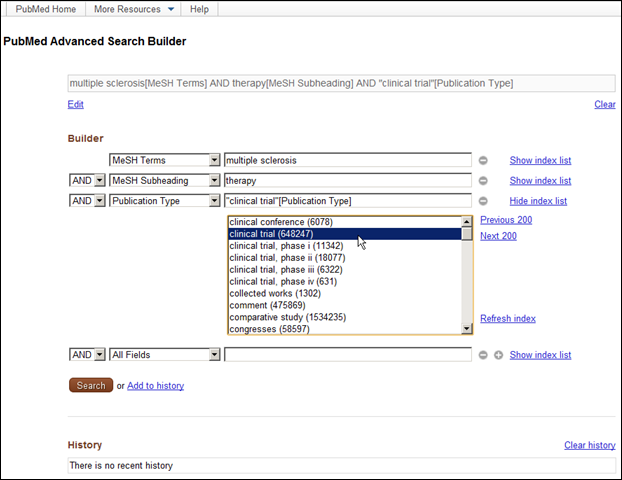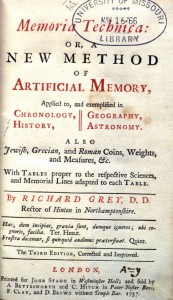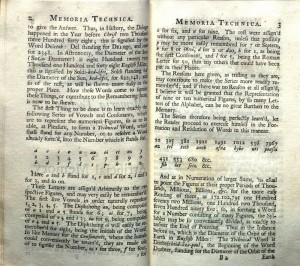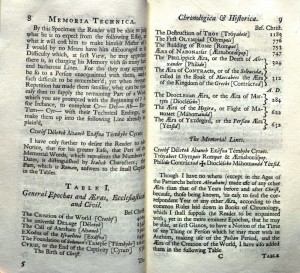Three important announcements from CABI: 1) CAB thesaurus updated – the biggest update in 30 years; 2) finding full text via CAB; and 3) new open access Invasive Species Compendium
CAB Thesaurus Updated
Life sciences publisher CABI, UK, has announced that the CAB Thesaurus has had its biggest update in 30 years. The Thesaurus, projected as a comprehensive controlled vocabulary covering applied life sciences and related subject areas, has reportedly grown 40 percent in just one year. It now includes nearly 137,000 terms. The resource contains the scientific names and synonyms for pest- and disease-causing organisms, birds, mammals, insects and other species and details the relationships between them. It seeks to play a vital role in ensuring the quality and consistency of all content produced by CABI. It is also licensed by CABI to a wide variety of other organisations to categorise and index their own content.
Additions to the new edition include 10,000 nematode species mentioned in CABI online databases; world lists of birds, mammals, sucking lice (Anoplura) and trichodectid chewing lice (Mallophaga), with synonyms; complete revisions to the existing taxonomic hierarchies in the thesaurus of dinoflagellates and algae; and 7,275 new insect species from the Medani database, which contains species of veterinary and medical importance.
It is projected that the CAB Thesaurus will double in size in the next five years, and several innovations will be introduced to make it much more than just a controlled vocabulary. The most important of these will be to include semantic features into the thesaurus to make it fit for new CABI products and for wider use as part of the semantic web.
From abstract to full text
Tuesday, December 06, 2011, 11:24:09 AM | Alexis Rendell-Dunn
Most people searching an abstracts database want to be able to click straight through to the full text of a relevant or interesting abstract.
Full text availability is one of the real added value features of CAB Abstracts and the Global Health database, but where and how to find the full text can still be confusing.
Here at CABI we do try hard to make the full text of any paper we abstract for the database(s) available to users by providing links (including DOIs where possible) and holding full text in our own permanent repository. Over the years we have been building a repository of full text material, mainly journals and conferences, which we host on our servers so that users can click through directly from the abstract straight to the full text pdf. The CABI repository currently contains over 85,000 full text papers from scientific journals and over 54,000 full text papers from conferences, plus the full text of a number of reports and single documents. If you search CAB Abstracts or Global Health on our own platform (CAB Direct), all papers held in the CABI Full Text repository have a clearly visible “View Full Text” button. The CABI Full Text repository is also available to searchers using other platforms (e.g. OvidSP).
We created the CABI repository so that we could offer permanent, unbroken links to full text papers from journals and conferences which for some reason or other are not available online or are difficult to find – some papers, for instance, are available in print only, and some are available online but the links change or websites disappear over time. The initial concept was to provide a win-win situation for authors and users – authors knew that their papers would be more widely disseminated and read if they were accessible through our widely used database, and users would be able to click straight through to the full text. Our aim was to improve access to papers which were ‘difficult-to-find’ i.e. those which were not easily accessible through open access systems or from mainstream sources with a strong web presence.
Once you’ve done your search, here are some suggestions for subscribers on how to access the full text paper or document from an abstract or bibliographic record on the CAB Direct platform (this is generally applicable to CAB Abstracts/Global Health on any platform):
(1) If the abstract has a “View Full Text” button, this is a link to the paper in the CABI Full Text repository (for advanced users, sc:ft in the search box will pick up all records with a full text document in the CABI repository).
(2) If a url is provided on the database record, click on this to go to the publisher or society website. If your institution has a subscription to the journal, you should have access to the full text. If not, you’ll still find that some of these documents may be open access. Some publishers make all their papers open access, others make special issues open access, sometimes within the same issue of a journal some of the papers will be open access and some not. Others apply an embargo, so that papers published before a certain date become open access. All these models change frequently and the only certain way of knowing whether the full text is available (either open access or paid for) is to try the website.
(3) If the abstract record has a DOI this is even better. The DOI (Digital Object Identifier) is a unique identifier for that paper. Clicking on the DOI will take you straight to the exact document. Try copying the DOI into your Google search box to see if the paper has been deposited in an institutional or other repository.
(4) Or you can contact the author directly – most recent records have email contacts.
Finally, if you are a conference organizer, editor or society and wish to see your papers held in our repository so they are easily accessible to a worldwide audience of subscribers, please contact our Full Text Coordinator.
Open Access Invasive Species Compendium
The Invasive Species Compendium (ISC) is an Open Access encyclopaedic resource that brings together a wide range of different types of science-based information to support decision-making in invasive species management worldwide. It comprises detailed datasheets that have been written by experts, edited by an independent scientific organization, peer reviewed, and enhanced with data from specialist organizations, images, and maps, a bibliographic database and full text articles. New datasheets and data sets continue to be added, datasheets are reviewed and updated, and scientific literature added on a weekly basis. The ISC has been resourced by a diverse international Consortium of Government departments, Non-governmental organizations and private companies.








 exams. Of course, Special Collections is always ready to help. This week, we’re sharing a 280-year-old secret from the
exams. Of course, Special Collections is always ready to help. This week, we’re sharing a 280-year-old secret from the  The words in brackets are the mnemonic devices, with the code at the end that represents the year in letters. If a student were called upon in an exam to produce an entire chronology of world events (as students often were in the eighteenth century), he could simply remember what Grey calls the “Memorial Line”: Diocleseko Mahomaudd Yezsid. Grey points out that the system is also adaptable to geography, astronomy, weights and measures, and the study of ancient coins.
The words in brackets are the mnemonic devices, with the code at the end that represents the year in letters. If a student were called upon in an exam to produce an entire chronology of world events (as students often were in the eighteenth century), he could simply remember what Grey calls the “Memorial Line”: Diocleseko Mahomaudd Yezsid. Grey points out that the system is also adaptable to geography, astronomy, weights and measures, and the study of ancient coins.
 readers, his work was hugely popular in the eighteenth and nineteenth centuries. Memoria Technica remained in print for over 130 years, and was in fact the only pre-1800 book on memory to remain in use for so long.
readers, his work was hugely popular in the eighteenth and nineteenth centuries. Memoria Technica remained in print for over 130 years, and was in fact the only pre-1800 book on memory to remain in use for so long.